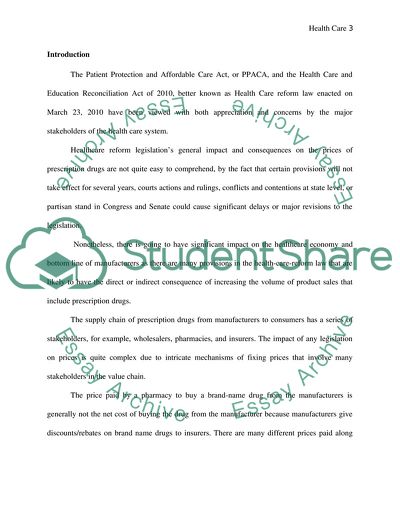Cite this document
(Health Care Reform and Effect on Prescription Drug Costs Research Paper - 1, n.d.)
Health Care Reform and Effect on Prescription Drug Costs Research Paper - 1. Retrieved from https://studentshare.org/health-sciences-medicine/1751545-health-care-reform-and-effect-on-prescription-drug-costs
Health Care Reform and Effect on Prescription Drug Costs Research Paper - 1. Retrieved from https://studentshare.org/health-sciences-medicine/1751545-health-care-reform-and-effect-on-prescription-drug-costs
(Health Care Reform and Effect on Prescription Drug Costs Research Paper - 1)
Health Care Reform and Effect on Prescription Drug Costs Research Paper - 1. https://studentshare.org/health-sciences-medicine/1751545-health-care-reform-and-effect-on-prescription-drug-costs.
Health Care Reform and Effect on Prescription Drug Costs Research Paper - 1. https://studentshare.org/health-sciences-medicine/1751545-health-care-reform-and-effect-on-prescription-drug-costs.
“Health Care Reform and Effect on Prescription Drug Costs Research Paper - 1”, n.d. https://studentshare.org/health-sciences-medicine/1751545-health-care-reform-and-effect-on-prescription-drug-costs.


